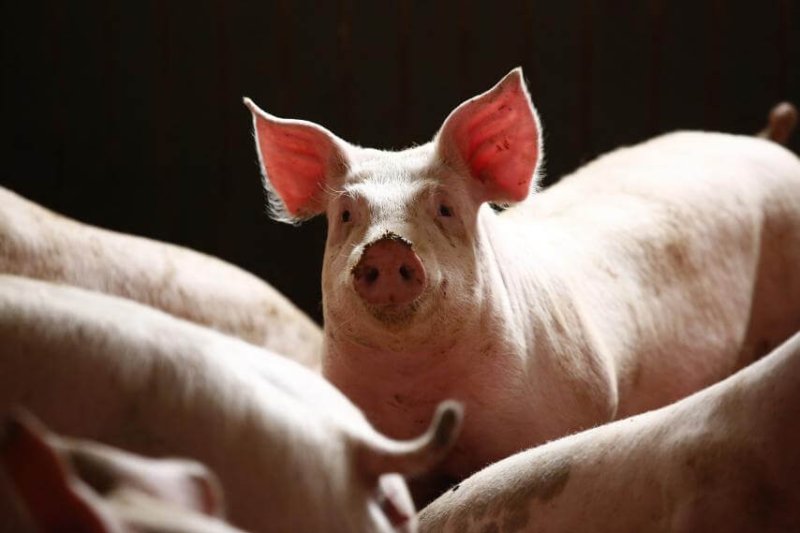The Genetic modification of foods, organisms, and animals, is very controversial, for quite obvious reasons.
And yet, the practice has great potential for helping to cure diseases and battle hunger in poorer countries. We look at 11 examples of organisms that were genetically modified by scientists, and why.
1. Pigs that are resistant to respiratory diseases
In 2018, scientists from the University of Edinburgh’s Roslin Institute announced they had successfully eradicated the section of DNA that leaves pigs vulnerable to porcine reproductive and respiratory syndrome, the Guardian wrote at the time ….
The disease that the GM pigs were made resistant to is estimated to cost European farmers £1.5bn a year in loss of livestock and decreased productivity.
…
2. Land mine-detecting plants
As an MIT statement put it in 2016, “spinach is no longer just a superfood.”
“By embedding leaves with carbon nanotubes,” the MIT piece explains, “MIT engineers have transformed spinach plants into sensors that can detect explosives and wirelessly relay that information to a handheld device similar to a smartphone.”































